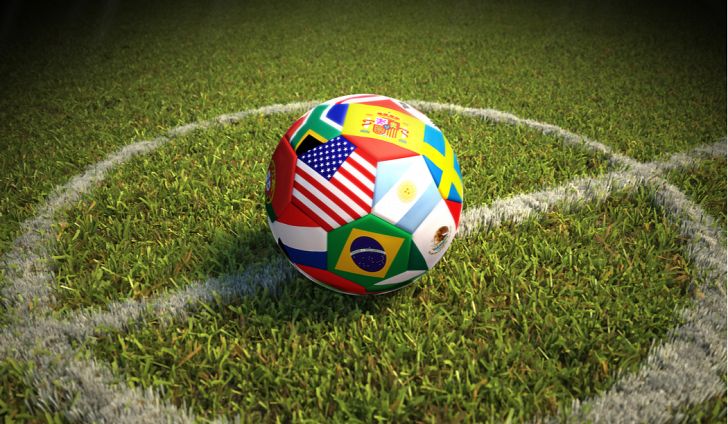American Football (NFL), basketball (NBA), baseball (MLB) and ice hockey (NHL) have long been established as the top four sports in North America.
However, there is a growing feeling that soccer has already broken the big four’s dominance by overtaking ice hockey in the popularity stakes.
The sport has been growing in North America since the late 1960s and received a significant boost when the US hosted the 1994 World Cup and 1999 Women’s World Cup.
The success of those tournaments undoubtedly helped Major League Soccer flourish, with attendances regularly outstripping ice hockey and baseball.
However, for many North American sports fans, the real interest in soccer lies in the men’s and women’s international teams and their exploits on the world stage.
While the US men’s team is yet to win a major trophy, the women have been World Cup winners on four occasions (1991, 1999, 2015 & 2019).
The 2015 women’s World Cup Final drew a record 26.7 million viewers, more than final games of the 2014 World Series and the 2015 NBA Finals.
With the men’s World Cup attracting similar levels of viewership, it is easy to see why many people think soccer has snapped the big four’s hold on North American sports.
FIFA’s decision to award the 2026 World Cup to the US, Canada and Mexico has been widely tipped to keep soccer heading in an upward trajectory in the Americas.
Despite this, FIFA president Gianni Infantino’s claims that he expects soccer to be the biggest sport in North America in four years’ time are ambitious at best.
The 2026 World Cup is expected to smash attendance records, which peaked at 3.6 million when it was held in the US in 1994.
This is undoubtedly great news for soccer and certainly strengthens its case to officially be classified as the fourth most popular sport in North America.
However, Infantino has clearly underestimated just how popular American Football, basketball and baseball are with North American sports fans.
American Football stands head and shoulders above the rest in terms of popularity, as it garners a whopping 38.8 percent of the total viewership.
Basketball (15.3%) and baseball (14.8%) round off the top three, with soccer trailing some way behind in fourth on 8.2%.
Soccer has made massive strides from a participation perspective, with an estimated 13.6 million playing the sport across North America.
That figure puts it ahead of American Football (8.9m) and ice hockey (3.1m), but significantly behind basketball (24.4m) and baseball (23.3m).
Although soccer’s growth in North America makes for positive reading, it is probably unrealistic to imagine it will ever overtake American Football in popularity.
Gridiron’s reputation has taken a battering in recent years, with player controversies, concussion issues and political protests not helping the sport’s image.
Despite those well-documented problems, soccer has not come close to knocking American Football off its perch in the popularity stakes.
While the group who generally determine the future of spectator sports – 18-34-year-olds – are least likely to favour American Football, the viewership still blows soccer out of the ballpark.
Although toppling American Football appears to be nothing more than a pipedream, there are plenty of reasons to believe why soccer could overall basketball and baseball in popularity in the future.
The gap in participation levels between soccer and those two sports has been closing, which has helped to boost overall interest in the former.
The presence of major European clubs such as Barcelona and Bayern Munich in the US has also contributed to increasing soccer’s popularity in North America.
Lucrative broadcast deals for the Premier League and the increased availability of live soccer streams are also helping to increase exposure of the sport.
However, given North America’s desire to excel on the global stage, the World Cup is the key driving force behind the future growth of soccer.
Four World Cup wins for the US women’s team made plenty of headlines, and success for the men would probably fire the sport into another stratosphere.
While each of the hosts are unlikely to win the 2026 World Cup, embarking on good runs to the knockout phase could help soccer’s bid to climb further up the ladder in North America.

“Prone to fits of apathy. Introvert. Award-winning internet evangelist. Extreme beer expert.”










